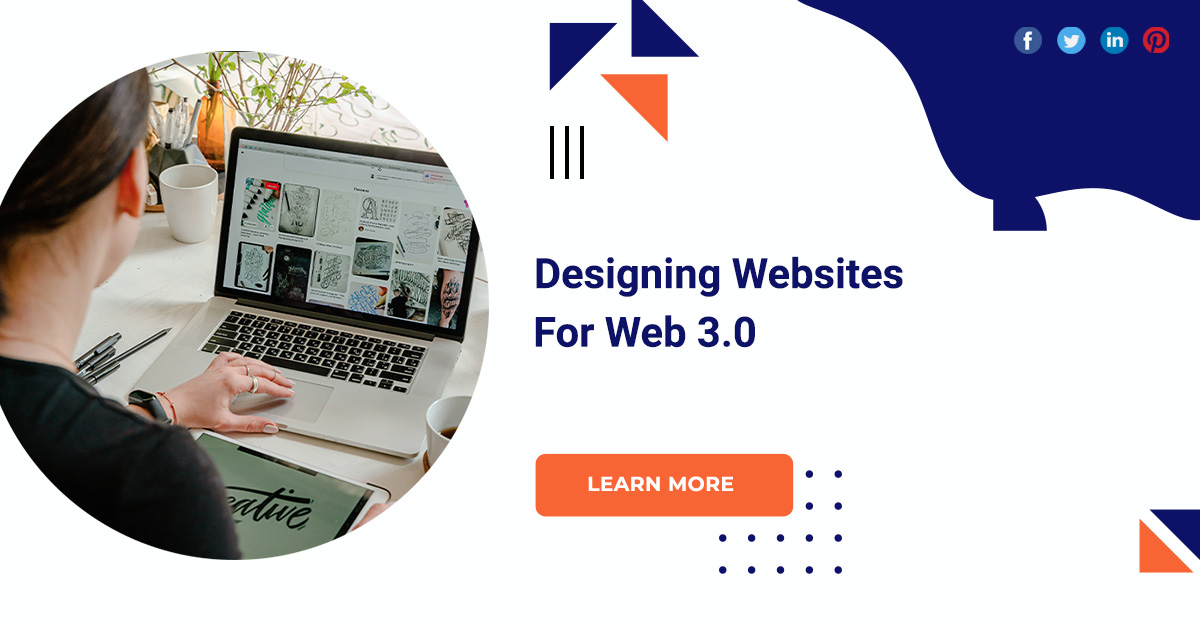Designing Websites For Web 3.0
The digital landscape is constantly evolving, and with the advent of Web 3.0, the next era of the internet is upon us. As technology continues to advance, web designers are faced with the exciting challenge of creating websites that align with the principles and capabilities of Web 3.0. In this blog post, we will explore the key aspects of designing websites for Web 3.0 and how it differs from its predecessors.
Web 3.0
Understanding web 3.0
Web 3.0 represents a paradigm shift in the way we interact with the internet. Unlike its predecessors, Web 3.0 is characterized by decentralized and interoperable systems, fostering a more user-centric and secure online experience. Blockchain technology plays a pivotal role in Web 3.0, enabling transparency, trust, and peer-to-peer interactions. As web designers, embracing these changes is crucial to creating websites that harness the full potential of this new era.
User-centric design
One of the core principles of Web 3.0 is placing the user at the center of the online experience. Web designers must prioritize user-centric design, focusing on creating interfaces that are intuitive, personalized, and adaptable. Designing interfaces that allow users to easily manage their preferences, control permissions, and customize their experience is key to meeting the demands of Web 3.0.
Decentralized identity and trust
In Web 3.0, trust is built on decentralized identity systems, often powered by blockchain technology. Designers should explore incorporating decentralized identity solutions to enhance user trust and security. This includes implementing features such as self-sovereign identity, where users have control over their digital identity without relying on centralized authorities.
Interoperability and seamless integration
Web 3.0 thrives on interoperability, allowing different platforms and applications to seamlessly communicate and share data. As a web designer, it’s crucial to design websites that can easily integrate with other decentralized applications and platforms. This requires adopting standardized protocols and ensuring that your website’s APIs are compatible with the decentralized ecosystem.
Enhanced privacy and data ownership
Privacy is a hot topic in the digital age, and Web 3.0 seeks to address this concern by giving users greater control over their data. Designing websites that prioritize privacy by default, with transparent data practices, will be essential in this new era. Communicating these privacy measures clearly to users will contribute to a more trustworthy online environment.
Dynamic content and AI integration
Web 3.0 introduces opportunities for dynamic content and enhanced user experiences through the integration of AI. As a web designer, consider leveraging AI to provide personalized content recommendations, automate tasks, and enhance user interactions.
Conclusion
Designing websites for Web 3.0 requires a fundamental shift in mindset and approach. By prioritizing user-centric design, decentralized identity, interoperability, enhanced privacy, and AI integration, web designers can create websites that not only meet the standards of Web 3.0 but also provide users with a seamless and secure online experience.







